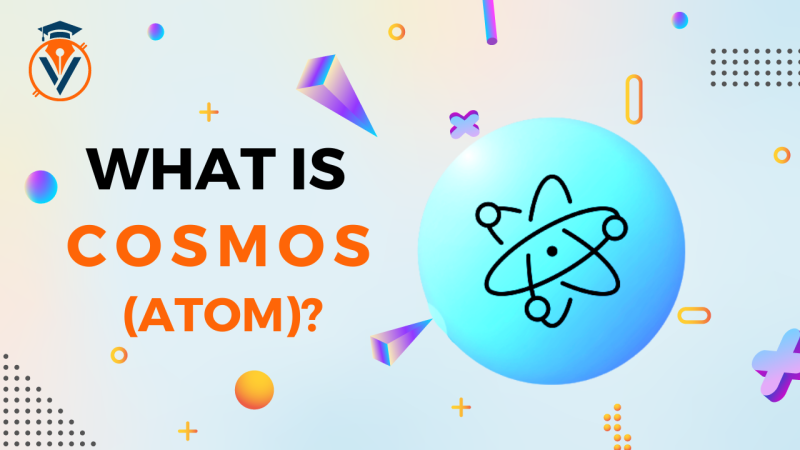Liquidity was available to us even before the appearance of cryptocurrencies. So, this is not a new word for people. The word “liquidity” was used by society when they exchange fiat currency, sell an apartment or a transportation. Below we will remember what "liquidity" means. Let's find out what a "liquidity pool" is.
How does it all work? And what is the connection with the blockchain?
Liquidity is the property of something to be sold on the market at a price reflecting its intrinsic value. In this case, it is taken into account all trading offers. Assets have several types of liquidity: high, low and absent. As a rule, money, stocks, and bonds have high liquidity. You can easily exchange, sell or purchase them. A low-liquid asset can be considered realty, its sale can take from several weeks to several years.
Speaking of liquidity, we also shouldn’t forget that a sale for one side is a purchase for the other. Therefore, if you need to exchange the US dollar for Euros, then you need to find a person who has Euros in sufficient quantity and also wants to exchange it for a dollar.
On exchanges and banks, popular currency pairs, assets and cryptocurrencies are in sufficient quantity to create liquidity. Therefore, the exchange, purchase or sale of them takes a matter of seconds. But sometimes, for the exchange of a rare currency pair or the purchase of an unpopular cryptocurrency in a bank or on the stock exchange, there may not be enough necessary funds. In this case, the closing of the transaction will have to wait from several hours and even up to a week.
A liquidity pool is a "repository" in which the assets of market participants are stored. It provides quick exchanges of finances and assets.
The liquidity pool in the crypto world is a kind of base in which users' crypto assets are concluded in smart contracts. This ensures the liquidity of cryptocurrencies on exchanges and gives users the opportunity to quickly sell, buy and exchange assets.
Users who provide liquidity receive a reward in the form of 0.3% of the transaction when the exchange accesses the pool. To date, providing liquidity is a very popular type of passive income, since profit is accrued for any size of investment. Naturally, like any investments, liquidity pools carry risks for depositors. Errors in smart contracts, rare hacker attacks and loss of private keys don’t exclude the possibility of loss of assets.
As a rule, one pool of liquidity is allocated for one currency pair, for example: BTC/USDT.
Based on everything described above, we can conclude that it’s the pool participants who set the price of tokens in the pool. Participants are otherwise called a liquidity provider (LP). The reward they receive is called LP tokens. The amount of accrued tokens is calculated as a percentage of the amount of liquidity provided. In order for the user to get his assets back, he will have to "burn" his LP tokens.
An important thing in the cryptocurrency emporium are market makers. They provide liquidity to crypto exchanges by constantly buying or selling various assets. This allows ordinary users to trade freely.
An automatic market maker (hereinafter referred to as AMM) is a system in which any exchange of tokens leads to an adjustment of their value. This mechanism ensures compliance with the rule: "the product of two certain tokens must always remain unchanged."
We will understand the importance of this equation after the example.
If I need to exchange currency A for currency B, then thanks to my operation, the number of offers A in the pool will increase, and B will decreas. Accordingly, the price of the first currency will decrease, and the second will increase. Price changes also depend on the size of the transaction relative to the size of the pool. The smaller the "storage" relative to the transaction, the greater the impact on the market value of the currency on the exchange.
The opportunities and prospects of a liquid pool are high outside of the crypto world. The application can be found in games and Apps.
For example, they will encourage the actions of the players, thus distributing the profits. This principle will reduce the profitability of the promoted tokens, in favor of new coins. With the proper use of such a platform, investors will be able to make a profit.


